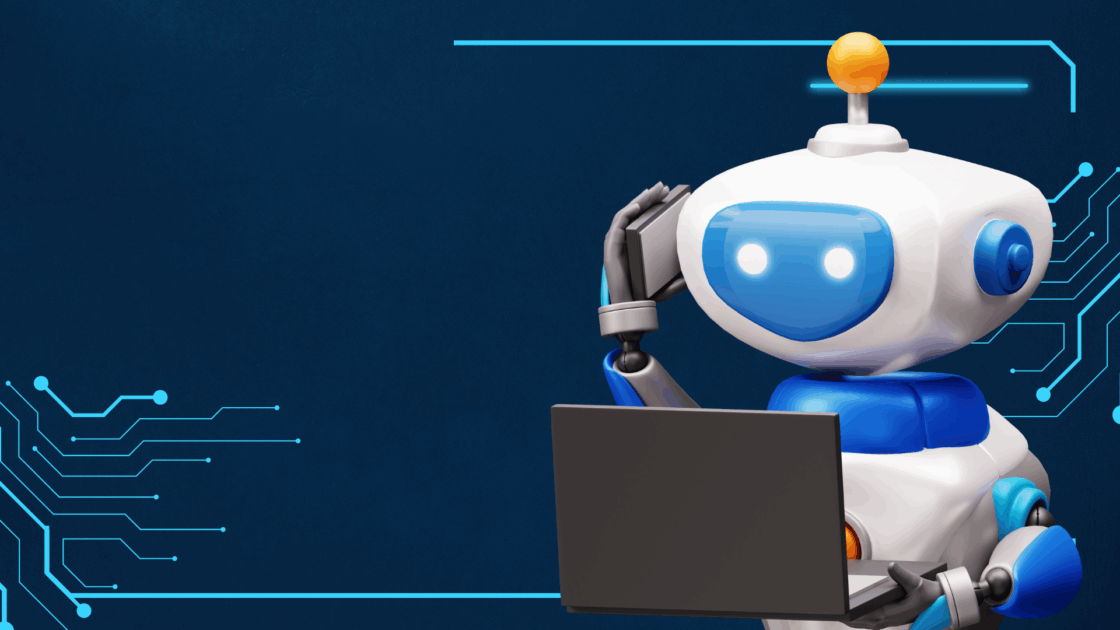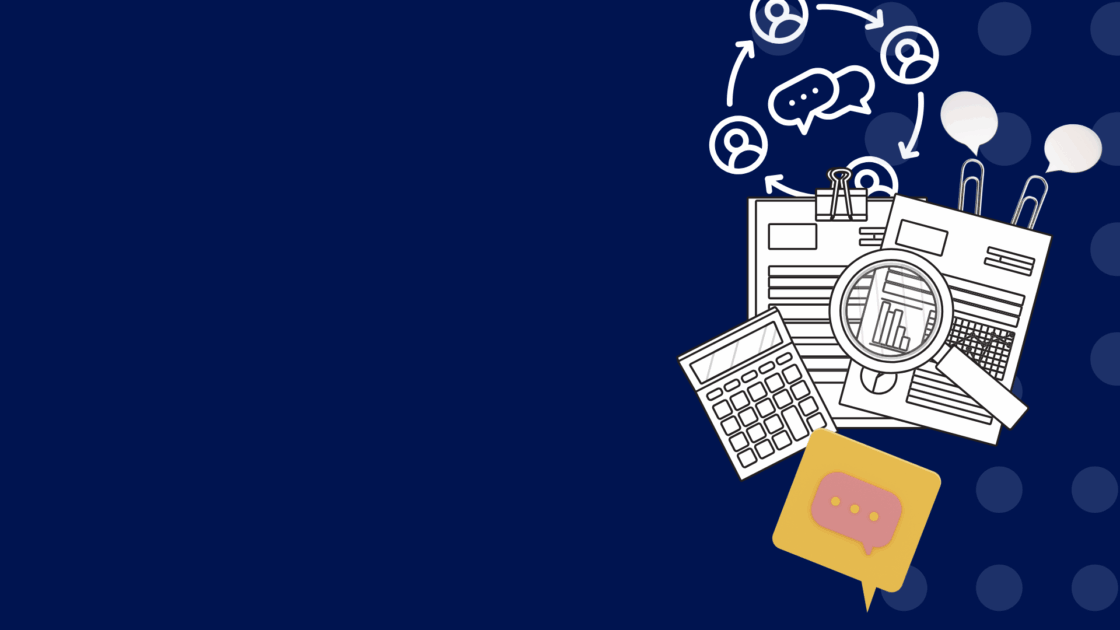From Inbox to Insight: How Kelley Noblet Uses genAI to Elevate Client Comms and Project Efficiency
From Inbox to Insight: How Kelley Noblet Uses genAI to Elevate Client Comms and Project Efficiency
In the world of B2B consulting, communication is everything. Project updates, client emails, recap notes, and internal summaries—each one carries the weight of trust, tone, and clarity. That’s why Aventi consultant Kelley Noblet uses genAI not to write for her but with her.
Kelley supports some of Aventi’s most complex projects—often with shifting deliverables, fast-moving deadlines, and multiple stakeholders across marketing, product, and sales. She’s found that genAI helps her move faster without compromising professionalism or voice. Whether she’s structuring a weekly update or drafting an internal project summary, she uses AI to reduce grunt work so she can focus on what matters: accuracy, tone, and relationship-building.
In this post, part of our ongoing series spotlighting real consultant use cases, we’ll explore the actual prompts Kelley uses—and the essential human steps she takes to shape them into something polished, precise, and on-brand.
1. Writing Clear, Confident Client Emails (Faster)
When you’re managing multiple client relationships, email becomes a bottleneck. Kelley uses genAI to generate rough drafts of project updates, meeting recaps, or “what’s next” summaries—saving her time and mental energy.
Prompt Example:
“Write a professional, upbeat follow-up email to a B2B tech client summarizing today’s sync meeting. We reviewed their feedback on the blog draft and agreed to implement their changes by Friday. We also discussed next steps for the case study, which they’ll review internally by next Tuesday.”
The draft gives Kelley structure and phrasing she can quickly customize. Crucially, she always revises to reflect tone, client style, and context—especially if there were nuances, tensions, or humor in the meeting that a generic tone would miss.
“I’ll never hit send on an AI-generated email without reviewing and personalizing,” she says. “But it’s like having a first-year copywriter helping me start.”
2. Speeding Up Project Summaries and Briefs
When juggling multiple workstreams, Kelley often uses genAI to summarize internal project notes, Slack threads, or long-form documents into digestible recaps. This is especially helpful when handing off to another consultant or prepping a cross-functional stakeholder for review.
Prompt Example:
“Summarize the following Slack thread into a two-paragraph project brief. Emphasize client goals, current status, recent feedback, and next milestones. Use clear, professional tone and avoid jargon.”
This allows Kelley to quickly generate working summaries she can tighten and tailor for specific audiences—whether internal or external. It also helps ensure consistency in tone and key message retention across updates.
But again, she stresses that supervision is essential. “AI might miss something small but important—like a change in client mood or a subtle priority shift. That’s where your human filter has to kick in.”
3. Drafting Status Slides and Update Decks
Kelley often needs to build quick decks summarizing workstreams for exec reviews or client check-ins. Instead of starting from a blank slide, she uses AI to create structured slide content based on internal notes or previous decks.
Prompt Example:
“Based on this project status summary, generate a 5-slide update deck for a B2B client. Include: 1) Project overview, 2) Work completed to date, 3) Client feedback addressed, 4) Next steps, 5) Any risks or blockers.”
Kelley will then adapt this into the client’s preferred format, validate all claims, and layer in context—such as team bandwidth or evolving scope. This approach is especially helpful when prepping cross-functional updates with tight timelines.
4. Refining Tone and Avoiding Over-Editing
Even seasoned marketers second-guess their tone—especially in emotionally nuanced situations (delayed timelines, client disappointment, or sensitive feedback). Kelley uses AI to test alternate phrasings before committing.
Prompt Example:
“Here’s a paragraph from a draft email: [insert]. Suggest three rewrites—one more formal, one more casual, and one empathetic but direct.”
By seeing tone options side-by-side, she can better gauge which version suits the moment. This saves time and reduces the risk of coming across as defensive, overly apologetic, or unclear.
She also uses this technique to help junior team members explore tone variations as part of coaching and collaborative reviews.
The Human Role: Emotional Intelligence and Contextual Awareness
What sets Kelley apart isn’t just how she uses AI—it’s when she chooses not to. “Sometimes the right move is to close the browser and write the note yourself,” she says. “If it’s highly emotional, complex, or if there’s a relationship at stake, you need to lead with EQ—not efficiency.”
For her, genAI is a thinking partner, not a writing crutch. It speeds up execution after strategic intent and interpersonal nuance have already been set.
Coming Up: Mike Anderson on Using genAI for Research and Strategic Framing
Next in our series, we’ll feature Aventi consultant Mike Anderson, who uses genAI to speed up competitive research, organize interview insights, and generate strategic positioning ideas. Stay tuned—it’s a whole different use case with equally important human touchpoints.
TL;DR?
Kelley’s motto: AI can help you sound professional—but only you know what your client actually needs to hear. Use it to write faster, but edit like you’re writing one-on-one.





